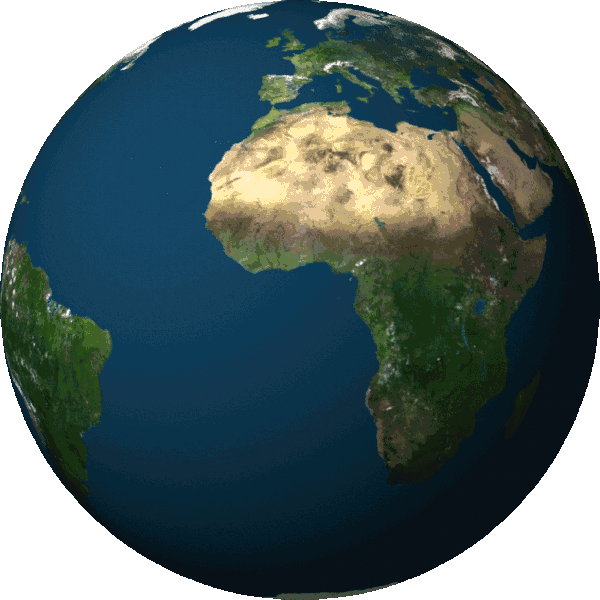What are managerial activists?
Managerial activists involve four basic activities-
planning and decision-making, organizing, leading, and controlling.
Now I discuss them below:
Planning
and Decision Making: Determining Courses of Action
In its simplest form,
planning means setting an organization's goals and deciding how best to achieve
them. Decision-making, a part of the planning process, involves selecting a
course of action from a set of alternatives. Planning and decision-making help
maintain managerial effectiveness by serving as guides for future activities.
In other words, the organization's goals and plans clearly help managers know
how to allocate their time and resources. When Alan Mulally took over the
ailing Ford Motor Company a few years ago, he walked into a business that had
low cash reserves, an unpopular product line, a confusing strategy, and a
culture that was so resistant to change that one insider said it was
"calcified." His first agenda was to set performance goals for all of
Ford's top executives and clarify the strategic direction that would guide Ford
in the future. He also worked to ensure that decision-making was transparent.
The four chapters making up Part 3 of this text are devoted to planning and
decision-making. Chapter 7 examines the basic elements of planning and decision-making, including the role and importance of organizational goals. Chapter 8
looks at strategy and strategic planning, which provide overall direction and
focus for the organization. Chapter 9 explores managerial decision-making and
problem-solving in detail. Finally, Chapter 10 addresses planning and decision-making as they relate to the management of new ventures and entrepreneurial
activities, increasingly important parts of managerial work.
Organizing:
Coordinating Activities and Resources
Once a manager has set
goals and developed a workable plan, the next management function is to
organize people and the other resources necessary to carry out the plan. Specifically,
organizing involves determining how activities and resources are to be grouped.
After Alan Mulally clarified Ford's strategy, he then overhauled the company's
bureaucratic structure in order to facilitate coordination across divisions and
promote faster decision-making. Organizing is the subject of Part 4.
Leading:
Motivating and Managing People
The third basic
managerial function is leading. Some people consider leading to be both the
most important and the most challenging of all managerial activities. Leading
is the set of processes used to get members of the organization to work
together to further the interests of the organization. Alan Mulally has taken
several steps to change the leadership culture that existed at Ford. In earlier
times the firm had used a directive, top-down approach to management. But
Mulally decentralized many activities so as to put the responsibility for
making decisions in the hands of those best qualified to make them. He also
clarified channels of communication and revamped the incentive system used for
senior managers. Leading involves a number of different processes and
activities, which are discussed in Part 5. The starting point is understanding
basic individual and interpersonal processes. Motivating people involves
understanding their needs and desires, setting clear goals and expectations,
and providing feedback and recognition. Effective leaders create a positive and
supportive work environment that fosters motivation and engagement.
Controlling:
Monitoring and Evaluating Activities
The final phase of the
management process is controlling, or monitoring the organization's progress
toward its goals. As the organization moves toward its goals, managers must
monitor progress to ensure that it is performing in such a way as to arrive at
its "destination" at the appointed time. A good analogy is that of a
space mission to Mars. NASA does not simply shoot a rocket in the general
direction of the planet and then look again in four months to see whether the
rocket hit its mark. NASA monitors the spacecraft almost continuously and makes
whatever course corrections are needed to keep it on track. Controlling
similarly helps ensure the effectiveness and efficiency needed for successful
management. For example, dur- ing a routine quality control inspection of a
prototype of Boeing's new 787 Dreamliner aircraft, an inspector discovered that
literally thousands of fasteners had been improperly installed. This finding required
managers to push the completion schedule for the plane back several months in
order to locate and replace all of the questionable fasteners. If control had
not worked properly, the subsequent impact could have been disastrous. At Ford,
Alan Mulally installed a more rigorous financial reporting system so that he
could better assess how various parts of the far-flung Ford empire were
performing and get the information he needed to make strategic decisions faster and
easier than was the case when he first took over.



Comments
Post a Comment
Thanks